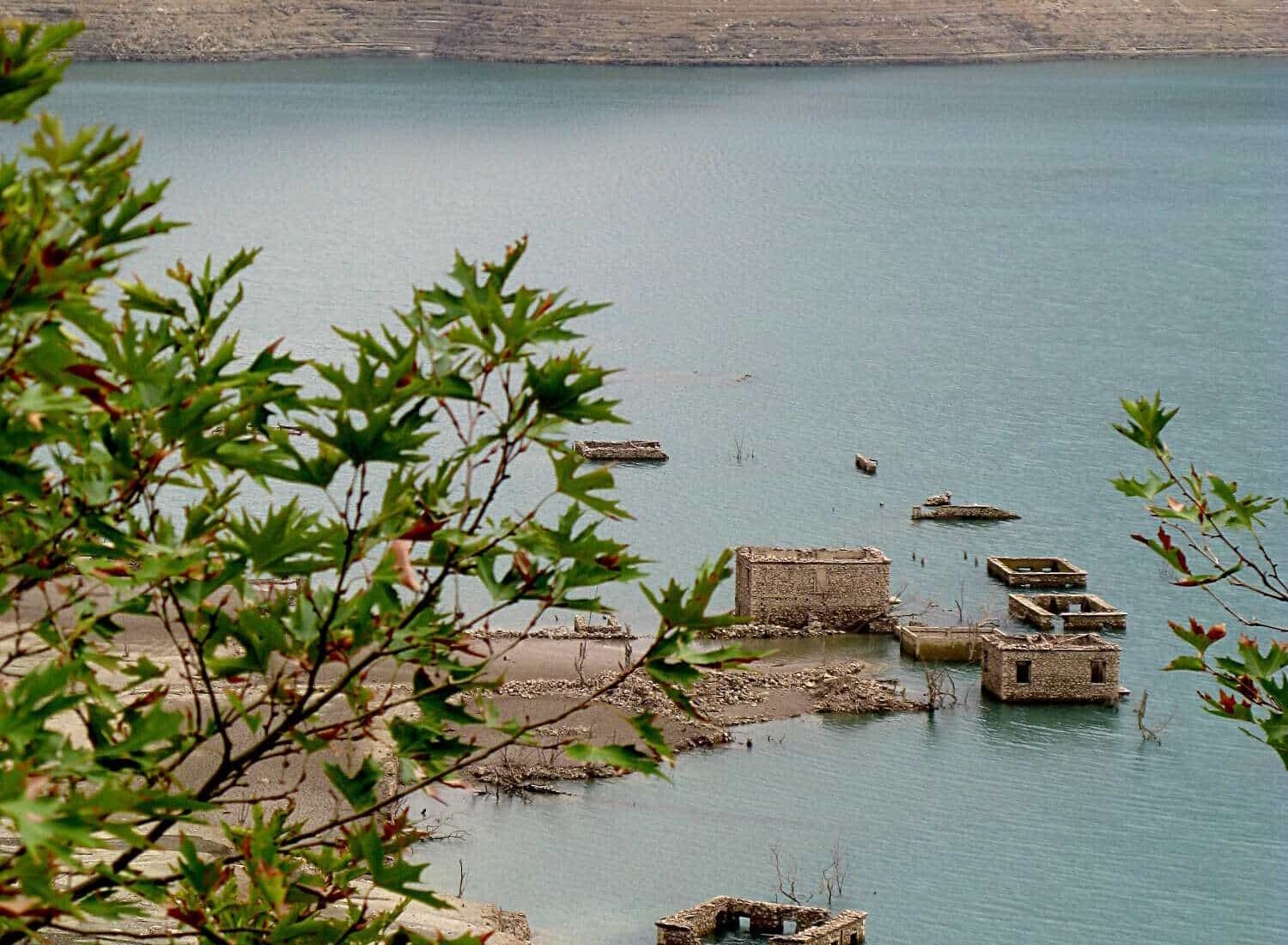

Greece ranks 19th globally in terms of water scarcity risk, primarily due to climate change, according to the World Resources Institute’s Aqueduct 4.0 rankings and a recent Deloitte report prepared for the Greek government.
The risk stems from both supply-side challenges, like reduced rainfall, and increasing demand driven by irrigation and general consumption.
The Deloitte report underscores the scale of the threat and highlights systemic inefficiencies — especially high water losses in aging distribution networks — that exacerbate the crisis.
Sharp Rise in Water Withdrawals for Supply
Between 2001 and 2022, water withdrawals for domestic supply surged by 139 percent. This spike is attributed to increased tourism, rising per capita consumption, and severe infrastructure losses, with nearly 50 percent of water lost during distribution. The issue is especially critical on islands like the Cyclades, where demand peaks in summer despite limited water availability.
Highest Water Use for Irrigation in the EU
Greece consumes more water per hectare of irrigated land than any other EU country, far exceeding even Mediterranean peers with similar climates. Despite a reduction in the number of farms, irrigation withdrawals have remained high due to hotter weather, water-intensive crops, and aging networks. Policy incentives promoting agricultural growth could further increase water use in the future.
Declining Surface Water, Increasing Groundwater Reliance
Between 2000 and 2022, groundwater extraction rose by 80 percent, while surface water use dropped by 40 percent. This over-reliance on aquifers has triggered widespread salinization, threatening long-term water quality.
Even after recent heavy rainfall, water levels in Public Power Corporation (PPC) hydroelectric reservoirs remain historically low. These dams are crucial for both energy generation and irrigation. Their depletion raises concerns not just about water security, but also electricity costs.
Satellite images of the artificial Lake Mornos, which provides drinking water to about half of Greece’s population, reveal a significant decline in water levels, a trend attributed to droughts exacerbated by climate change.
Konstantinos Lagouvardos, research director at the National Observatory of Athens and head of the Meteo unit, warned, “The surface area of the lake over the last three years has been raising alarm bells.”
In April 2023, the lake’s water-covered surface area was 17 square kilometers. A year later, following a winter with fewer snowfalls, it had dropped to 13.9 square kilometers, a trend particularly noticeable in the northeastern section of the lake. By mid-April this year, the surface had further shrunk to just 11.8 square kilometers.
“The reduction in both surface area and water volume is significant,” Lagouvardos said, noting that from 2023 to 2024, the decrease in surface area was 18 percent, with a further projected 15 percent decrease from 2024 to 2025.
Related: Greece Weighs Tanker Solution for Drought-Stricken Attica
